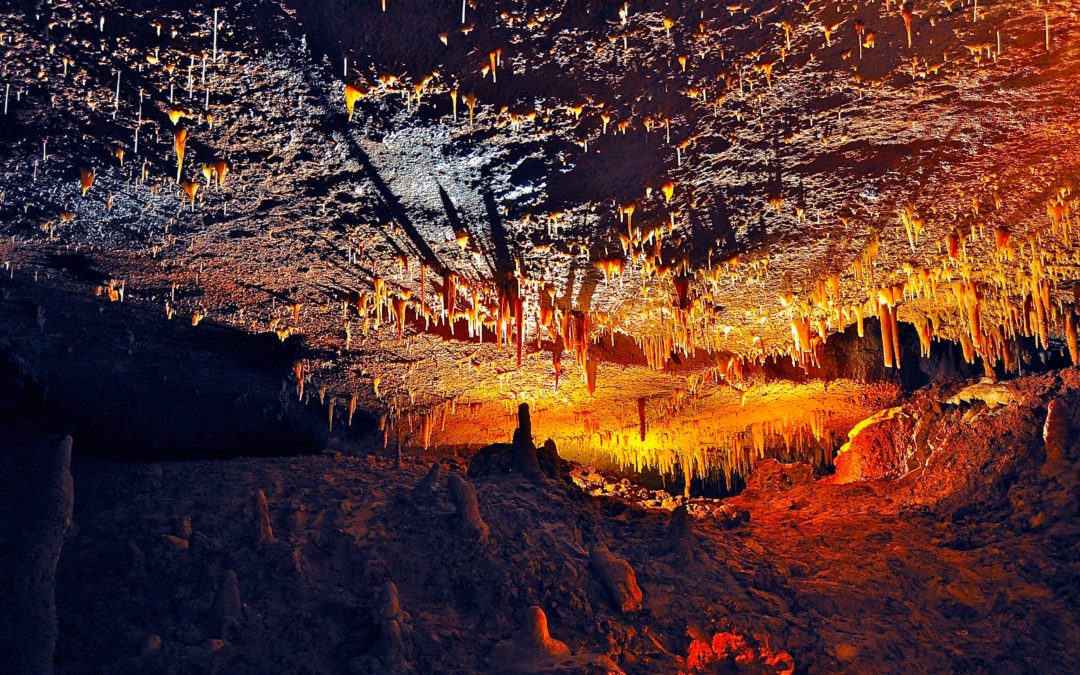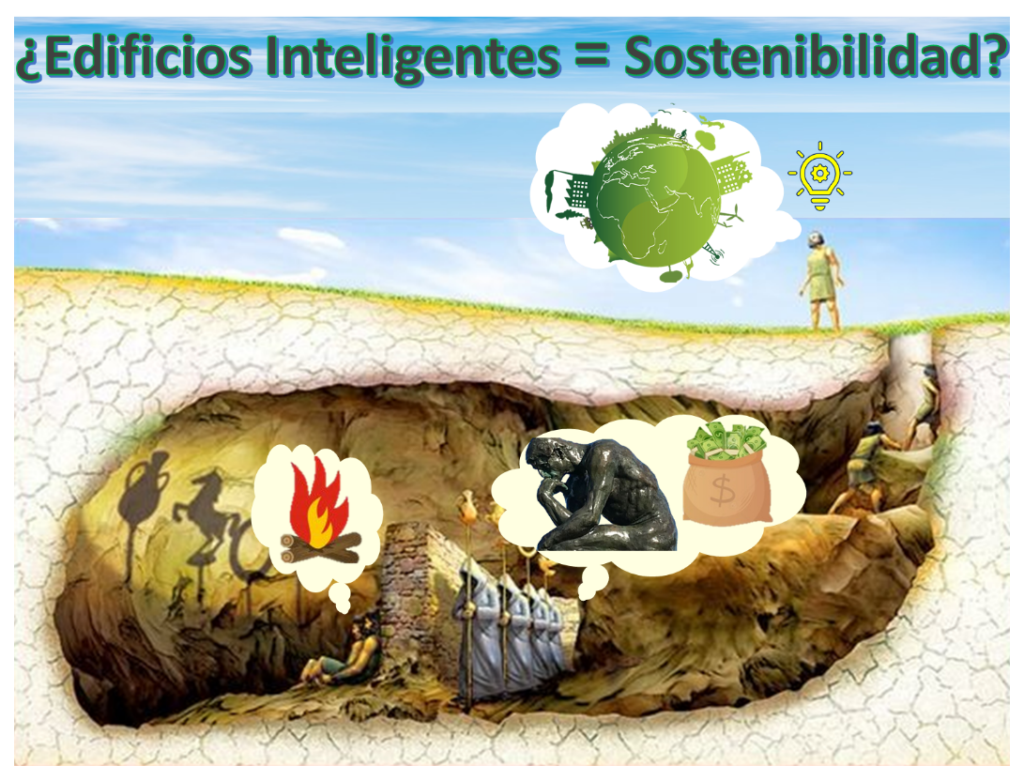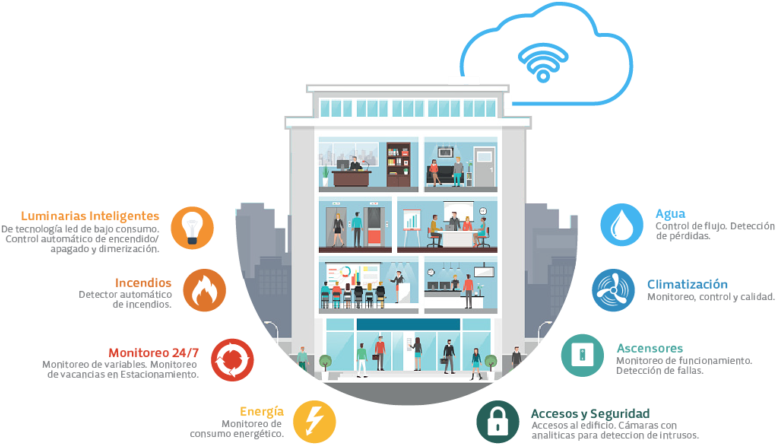
Will we gave out of the cave?
Caves were our first home but, have we stopped to think about how our ancestors felt in the cold mornings of winter? And in hot summer days? We may be surprised…
Humanity had had multiple and different homes. From the tipis of the american indians to the skyscrapers that flood nowadays the city of New York. Currently, buildings represents 40% of the energy consume and 36% of the greenhouse effects. Much of them, moreover, are from the 70s. Definetly, we need a change if we want to mitigate the climate change.
In the Palaeolithic, the first dwellings, in the form of huts made of animal skins and logs, protected our ancestors from the cold and wind. During the Neolithic period, the construction of villages with adobe houses provided our ancient inhabitants with habitable conditions. And all this without consuming a single kilowatt hour and using the resources that nature offered them to obtain certain conditions of comfort.
If we look at the evolution of buildings throughout history, we can see that adobe houses gave way to the dwellings of ancient Egypt, which were made of straw and wood. Ancient Rome introduced concrete and stone, as well as technologies such as the round arch, the arcade, the vault and the doem. Leaping forward to the Renaissance, this era marked an architectural breakthrough, including materials such as marble, stucco and tiles. Until the evolution towards the brick that makes up the majority of existing buildings. But despite the evolution in the use of materials… are we really improving our comfort conditions and the energy efficiency of buildings?

The answer today is that we need more efficient and smarter buildings, but what is stopping us froom changing the way we use buildings? Platón, in his myth of the cave, tells us that it is a lack of knowledge that hides reality from us. Extrapolated to the present day, the lack of useful and valuable information limits us when it comes to making more objective decisions, based on knowledge and reducing subjectivity.
To answer the question of how we improve the knowledge of buildings, the concept of intelligent buildings comes into play. According to the European Commission, an intelligent building is one that is connected, is able to interact with the systems around it, including users, and can be managed remotely. In other words, it has to behave interactively both with the building´ s energy sytems and with other buildings and even the users themselves. Furthermore, it changes its behaviour from reactive to pro-active to make efficient and effective use of its own resources.
The main enablers of smart buildings are new technologies. Firstly, the IoT (Internet of Things) which, in a nutshell, is defined as the connectivity through the Internet of common elements such as household appliances, cars, mobile phones, etc. It is this technology that makes it possible to turn a traditional building into a connected building, capable of providing data thanks to IoT sensors. Secondly, Artificial Intelligence, which uses data to extract knowledge; the same knwoeldge that, following Platon´ s myth, will guide us out of the cave. Artificial Intelligence is a technique capable of learning from data, extracting patterns of behaviour and predicting future situations. In this way, it is able to anticipate events and enable the building to act proactively. In other words, it is bringing human reasoning to buildings, but making decisions based on objective information.

At CARTIF, we have been working for years in the line of research for the transformation of current buildings into samrter, more comfortable and environmentally friendly buildings. Projects such as BRESAER are a clear example of this transformation. In this project, a decision-making system based on Artificial Intelligence has been developed. This solution allows the building to determine one hour in advance the energy needs to meet the comfrot conditions and to choose the available sources to heat or cool the building.
All this without forgetting that buildings are for us and, therefore, users must be the protagonists. Consumers must be better informed about the behaviour of the building, just as the building must adapt to the preferences of the inhabitant. For example, smart thermostats that learn our habits to ensure a comfortable temperature without the need to configure it. Or even detecting when we leave to switch off and stop consuming gas or electricity, which makes even more sense with today´ s prices. The example of this technology is part if the COMFOStat project.
In conclusion, smart buildings represent the perfect solution that combines today´ s better living conditions with the reduced gas emissions of old. Data and Artificial Intelligence generate the necessary knowledge that will have guided us out of the cave. If you still can´ t find your way, our door is always open to help you.
There is only one good: knowledge. There is only one evil: ignorance.
Sócrates.